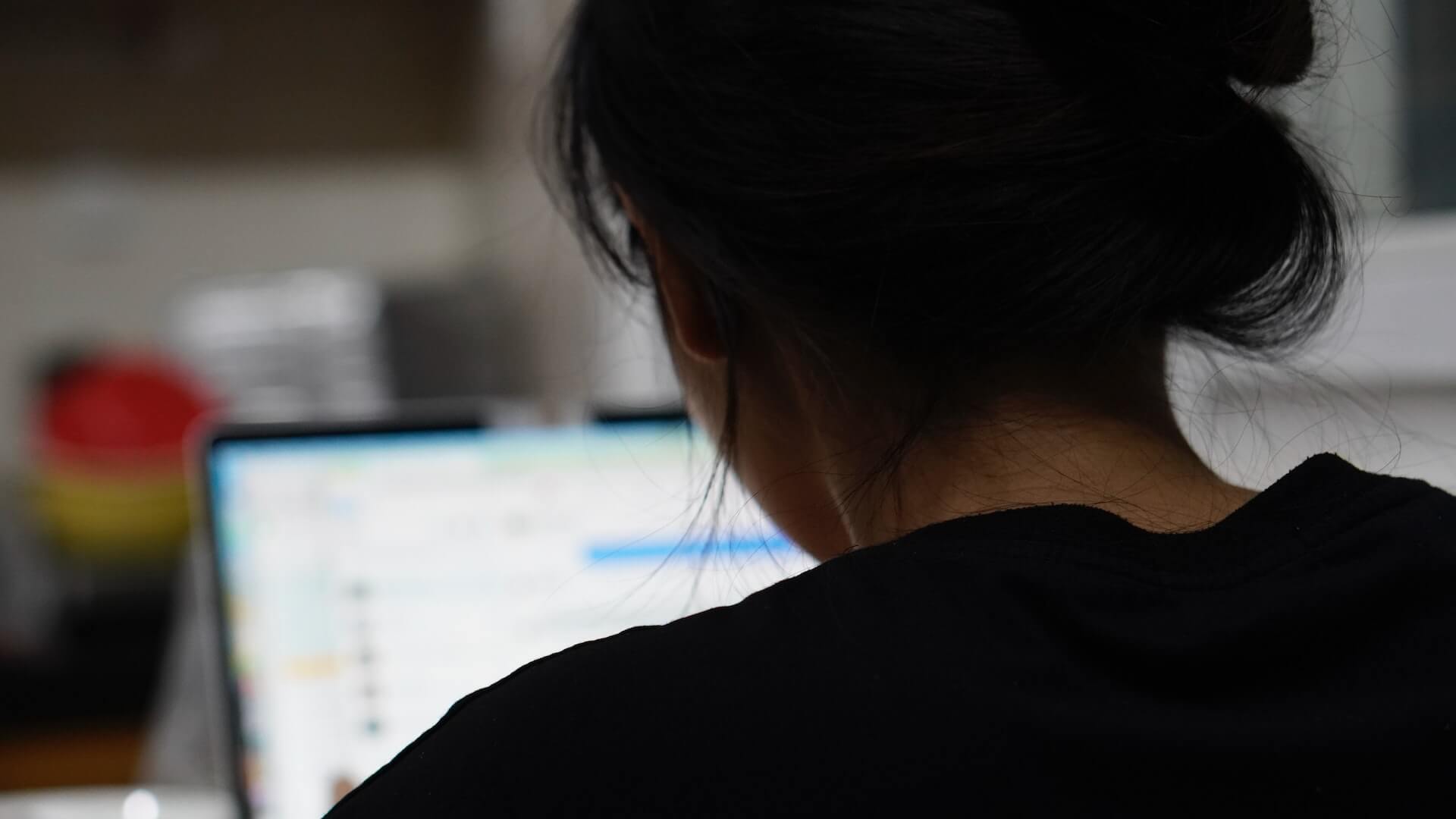If you’ve ever spent hour after hour, day after day staring at your computer screen, you probably know the pain that is “tech neck.” It’s a term that’s come to refer to the soreness, stiffness, and even injury that can result from bending your head downward to look at an electronic device for too long, according to NewYork-Presbyterian Hospital.
“It’s the fallout from spending too much time looking down at phones or tablets, or holding your head too far forward to look at a computer screen,” explains Stacie J. Stephenson, a doctor of chiropractic and chair of functional medicine for Cancer Treatment Centers of America, who is based in Paradise Valley, Arizona.
If you can relate, read on for why “tech neck” can be bad for long-term health, symptoms to look out for, and what to do about it.
Why Is ‘Tech Neck’ Bad for You?
“Tech neck” can cause headaches, neck pain, pain in the shoulders, pain in the upper back, tingling or numbness in your hands, and even a loss of the natural curve of the spine, says Steven Knauf, doctor of chiropractic and executive director of chiropractic and compliance at The Joint Chiropractic in Scottsdale, Arizona.
The severity of the symptoms will vary from person to person, but they tend to be more prominent in correlation with an increased level of activity on a cell phone or other device, he notes.
In a study published in 2019 in PLoS One that included survey data from more than 500 people, researchers found a strong association between the amount of time someone spent using their phone and the duration and severity of their neck pain. The study authored recommended that people pay more attention to healthy sitting positions and the amount of time using cellphones to potentially help cut back on neck and shoulder pain caused by device use.
Dr. Knauf notes that “tech neck” can also lead to posture problems. Spending hours hovering over your phone or straining your neck forward during work can cause lengthening of neck muscles and shortening of chest muscles, he explains — “which may lead to an increase of spinal pressure in your neck.”
Be mindful of your posture throughout the day, and try to correct it as soon as possible when you find yourself slipping into awkward positions.
So what’s the right way to sit? “Stop looking down at devices,” Dr. Stephenson urges.
Instead, hold or set your phone at eye level (which is good for your arm muscles), and when you’re at your computer, position your screen high enough so you can look straight out at it, rather than down. Your spine should be in one straight line from the top of your head to your tailbone. To get it right, you’ll need to hold your head over your spine, rather than letting it drop forward, Stephenson says.
Symptoms of ‘Tech Neck’: Signs Your Spine Is Out of Line
Pain is the most obvious symptom that your neck is out of place. “Your neck, shoulders, and back should not hurt,” Stephenson says. “Pain is not normal.”
Those who are in their forties or fifties might notice they’re developing a curvature or bending of the spine at the base of their neck, which she describes as a sure sign of a chronic misalignment.
Other symptoms of “tech neck,” according to Knauf:
- Headaches
- Tension in the upper back
- Temporomandibular joint (TMJ) problems — pain or dysfunction in the jaw joints and muscles
- Tingling or numbness in the hands
- Weakness in the hands
- Rotator cuff tendonitis
Seeing a doctor — starting with your primary care provider, and potentially a specialist physician and physical therapist who are trained in posture and spine health — as soon as signs and symptoms appear is beneficial. “The sooner the problem is addressed, the less likely more serious problems can set in,” Knauf says. If left untreated, tech neck could lead to permanent health concerns, like arthritis or disc injuries.




